1. Content of exercises of the Jordan normal form
-
Section 1.This content section.
-
Section 2.We discuss three standard exercises on the Jordan normal form.
-
Section 3.We list the matrices that are discussed in the exercises text. This text document can be downloaded, see next 4.
-
Section 4.The reader can download the text document in the download section.
-
Section 5.The reader can find information about web based material in the information section about links and search material.
2. Jordan normal form: three exercises with solutions
These exercises can be considered standard exercises. For more elaborate explanations, please take a look or download the pdf document provided in the next section.
Find explicitly Jordan
chains that are necessary to construct
the
matrix
| dim | remaining dim | |
|---|---|---|
-
We find in the first column the dimensions of the kernels of
the consecutive powers of the matrix
. -
We have in the second column
in every row
but the first the consecutive differences of the kernel dimensions. -
In the first row, we have
. This number is equal to the number of elementary Jordan blocks and is usually called the geometric multiplicity of the eigenvalue . - The last number of the second column that is not equal to zero, is the number of elementary Jordan chains having the following properties. These elementary Jordan chains consist out of vectors so that their union consists entirely of linearly independent vectors. The lengths of these chains are all exactly equal to the number of the row in which this last non zero number occurs.
- The “remaining dim” give the number of linearly independent vectors in Jordan chains that still have to be determined.
| dim | chain 1 | remaining dim | |
|---|---|---|---|
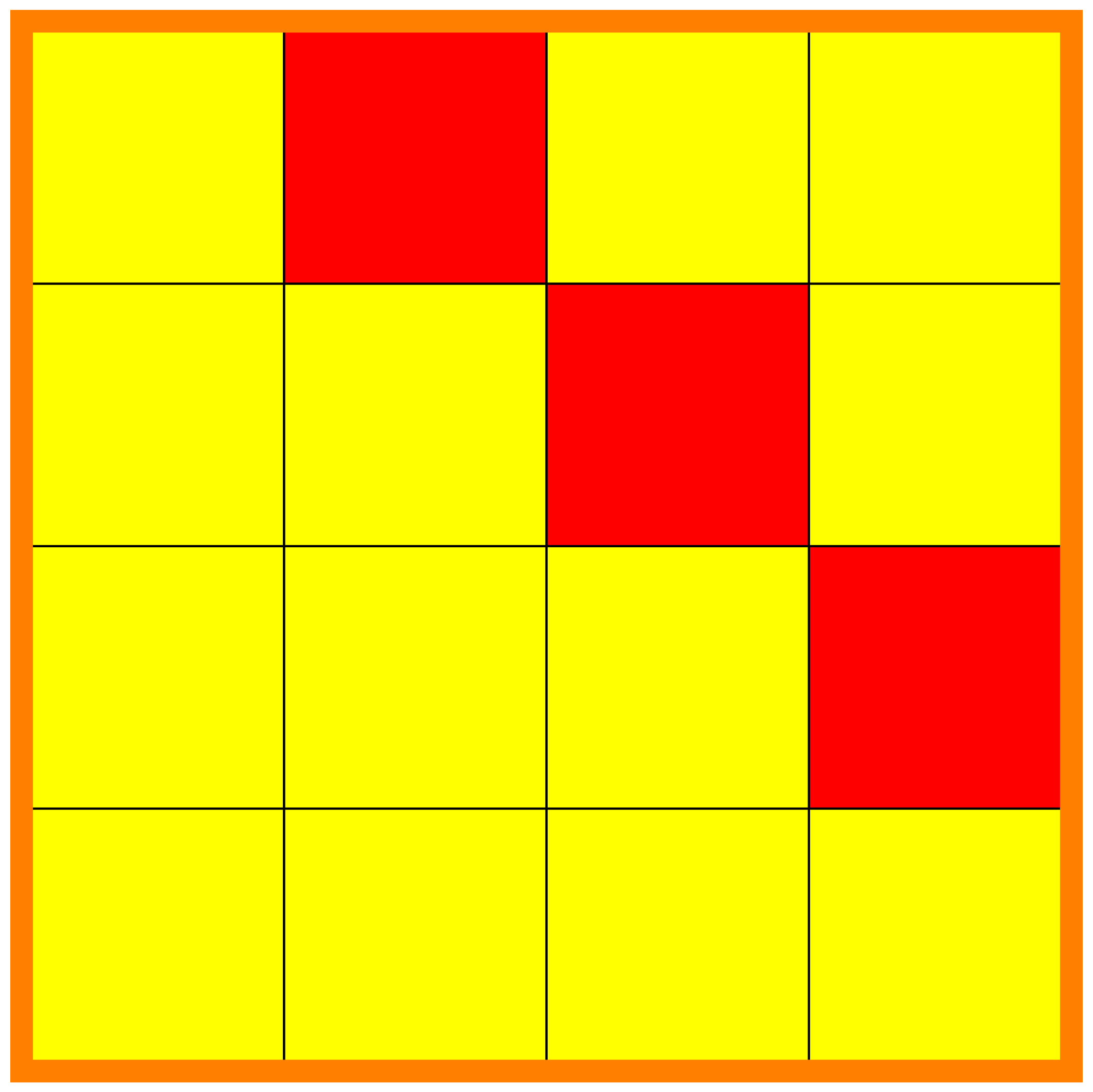
|
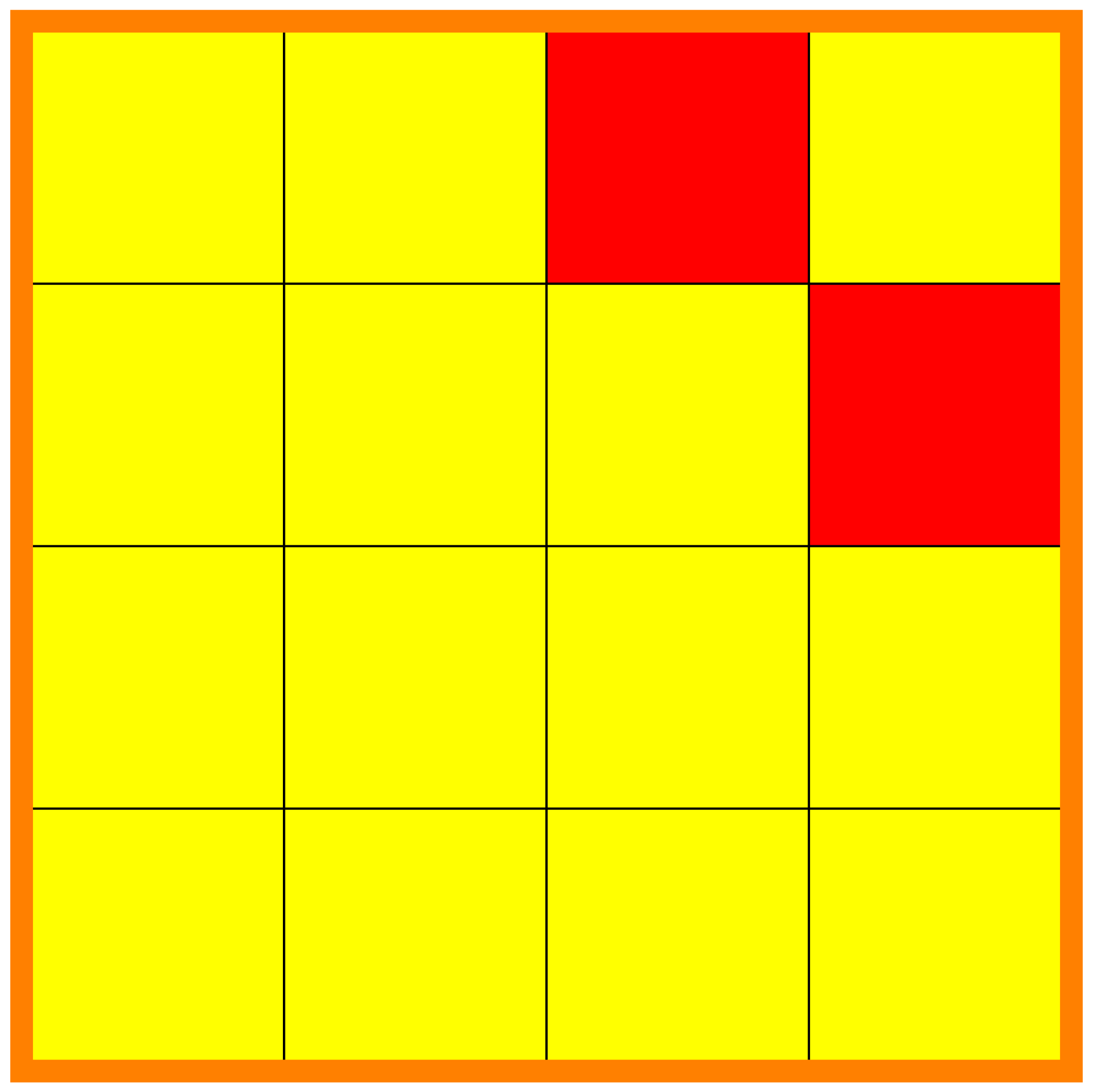
|
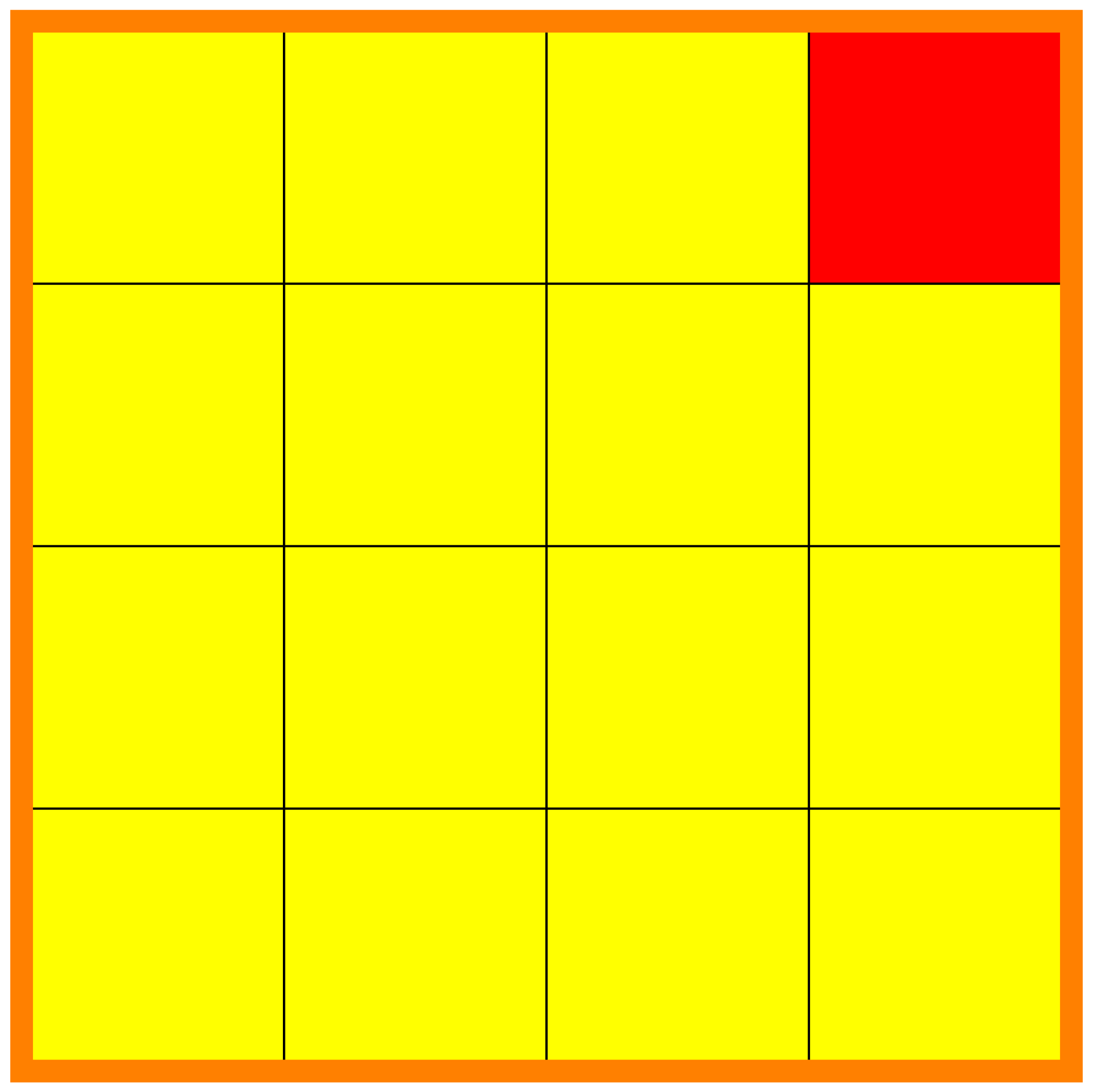
|
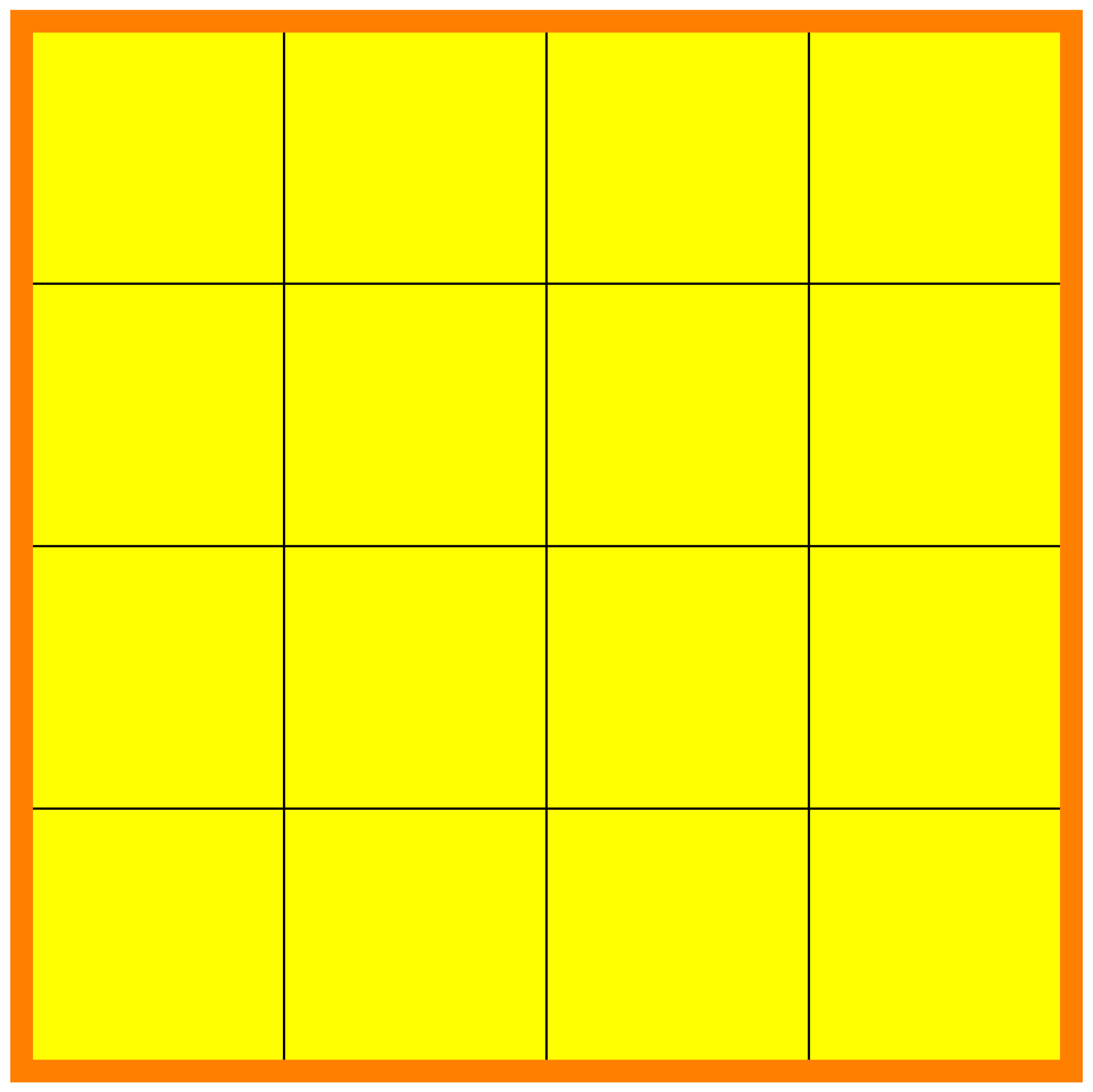
|
-
We see in these figures a visualisation of the matrices
with the squares or cells on which there are 's, drawn with the colour red, and the squares or cells on which there are 's, drawn with the colour yellow. -
We can immediately observe the kernels of the
and the dynamic creation of the Jordan chains. - We see also when increasing the exponents how the superdiagonals in the elementary Jordan blocks go steadily higher and higher up into their respective elementary Jordan blocks until they ultimately completely disappear.
- We can visually read from these matrices the height of nilpotency.
-
We can read from these matrices the invariant subspaces with
respect to the endomorphism
. - The orange lines delimit the original position of the elementary Jordan blocks.
We calculate the kernel of
We calculate the kernel of
We calculate the kernel of
We want to calculate the kernel of
| dim | remaining dim | |
|---|---|---|
| | |
|
| | |
|
| | |
|
| | |
-
We find in the first column the dimensions
of the kernels of the consecutive powers
of the matrix
. -
We have in the second column in every row
but the first the consecutive differences of the kernel dimensions. -
In the first row, we have
. This number is equal to the number of elementary Jordan blocks and is usually called the geometric multiplicity of the eigenvalue . - The last number of the second column that is not equal to zero, is the number of elementary Jordan chains having the following properties. These elementary Jordan chains consist out of vectors so that their union consists entirely of linearly independent vectors. The lengths of these chains are all exactly equal to the number of the row in which this last non zero number occurs.
- The “remaining dim” give the number of linearly independent vectors in Jordan chains that still have to be determined.
-
It has to be in the kernel
. So we can describe such a vector as a linear combination of vectors of a basis of the subspace . -
The generating vector may not be in the
because the length of the chain must be exactly . So it has to be independent from all vectors in . It is sufficient that it is linearly independent from a basis of . -
This generating vector has to be linearly
independent from all vectors already
chosen in previous Jordan chains which
have exactly height
. It can be the case that no previous chains are already chosen or there are no vectors of that height previously chosen in which case this is no condition at all. -
We summarise: the generating vector in
together with the vectors in and also the vectors, if any, of exactly height chosen in previous Jordan chains must be a linearly independent set of vectors.
We remember that the kernel
We remember that the kernel
We have previously not chosen any vector in a Jordan chain.
We have to take care that the generic vector is linearly independent of all the vectors mentioned before. We collect for this purpose all these vectors in the rows of the matrix
| dim | chain 1 | remaining dim | |
|---|---|---|---|
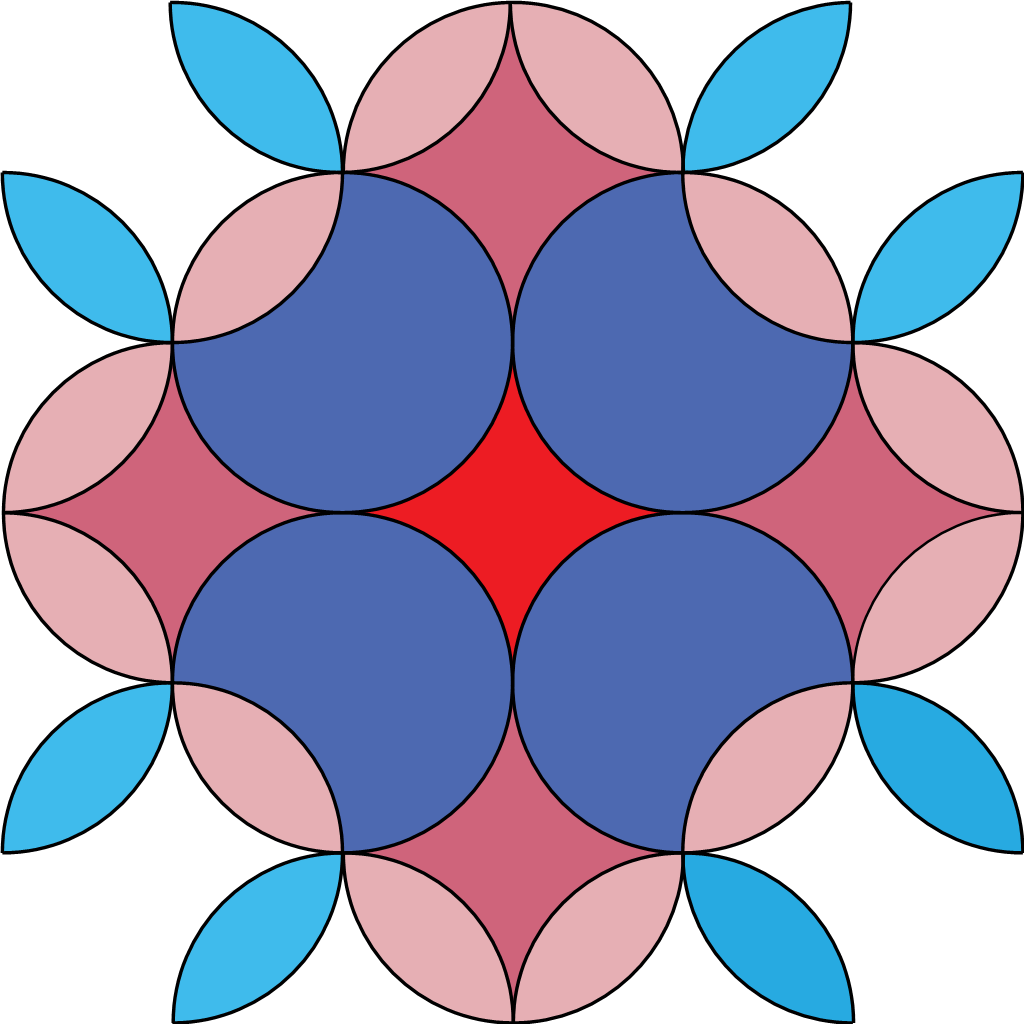
| dim | remaining dim | |
|---|---|---|
-
We find in the first column the dimensions of the kernels of
the consecutive powers of the matrix
. -
We have in the second column
in every row
but the first the consecutive differences of the kernel dimensions. -
In the first row, we have
. This number is equal to the number of elementary Jordan blocks and is usually called the geometric multiplicity of the eigenvalue . - The last number of the second column that is not equal to zero, is the number of elementary Jordan chains having the following properties. These elementary Jordan chains consist out of vectors so that their union consists entirely of linearly independent vectors. The lengths of these chains are all exactly equal to the number of the row in which this last non zero number occurs.
- The “remaining dim” give the number of linearly independent vectors in Jordan chains that still have to be determined.
| dim | chain 1 | remaining dim | |
|---|---|---|---|
| dim | chain 1 | chain 2 | remaining dim | |
|---|---|---|---|---|
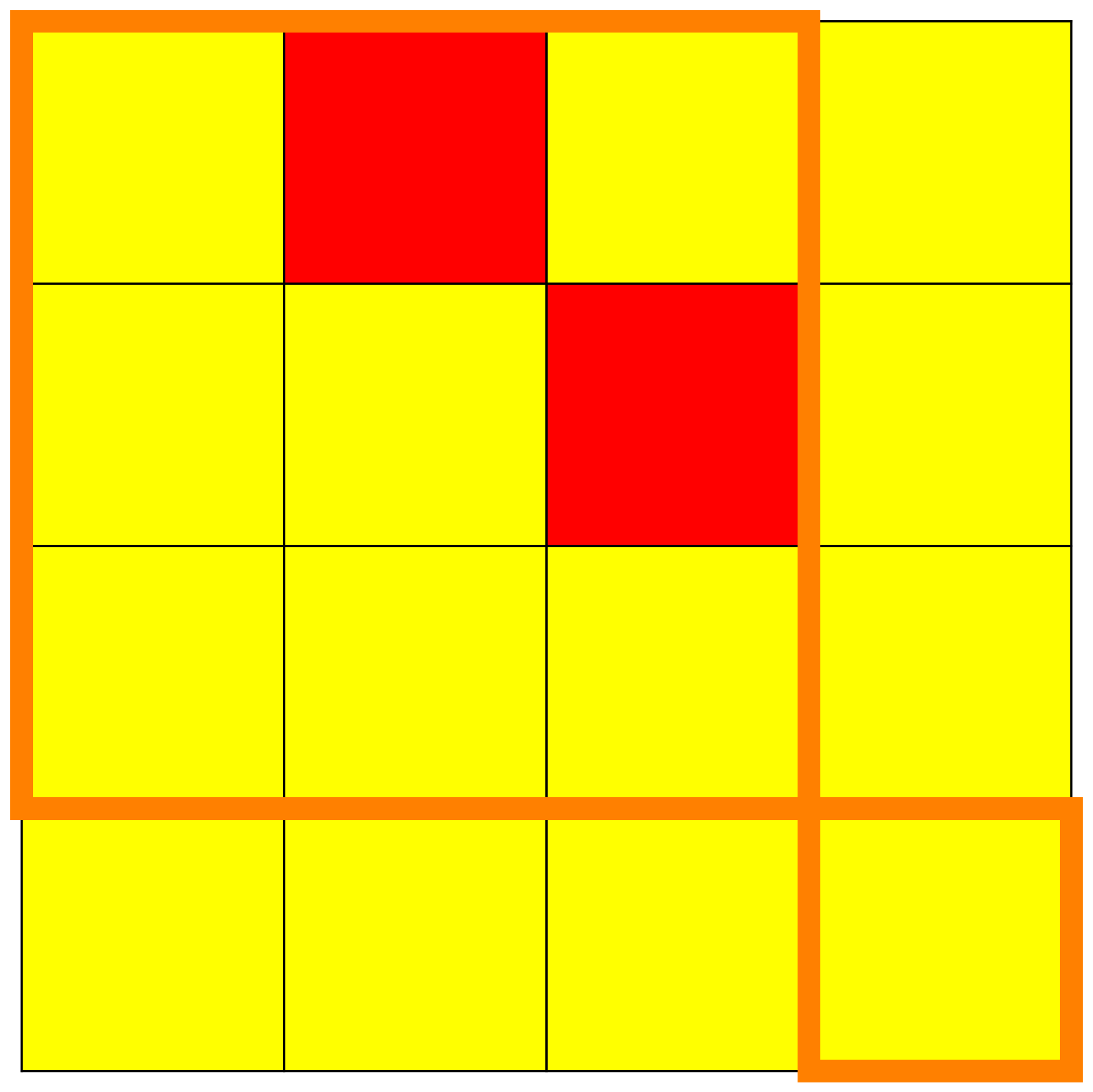
|
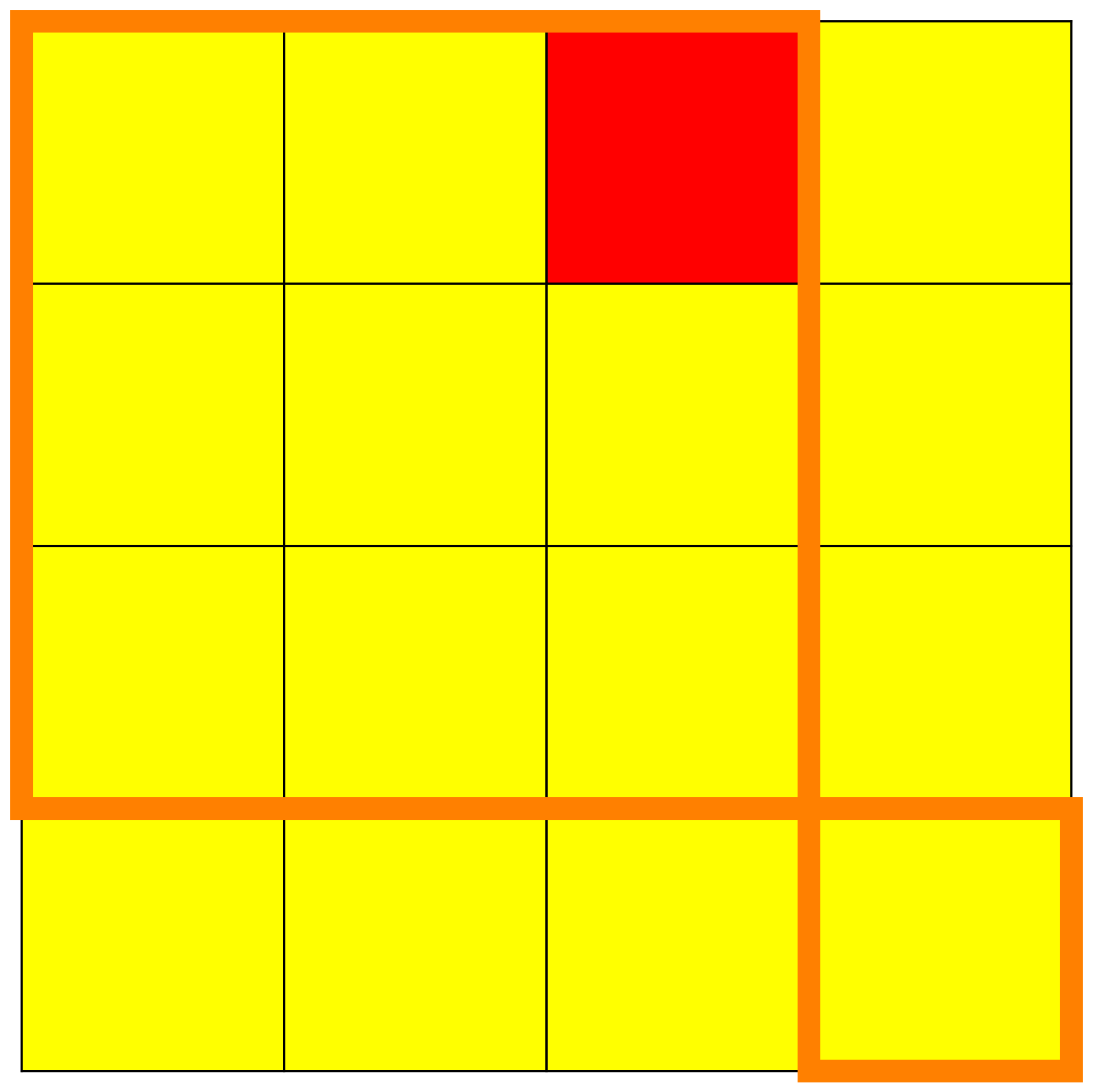
|
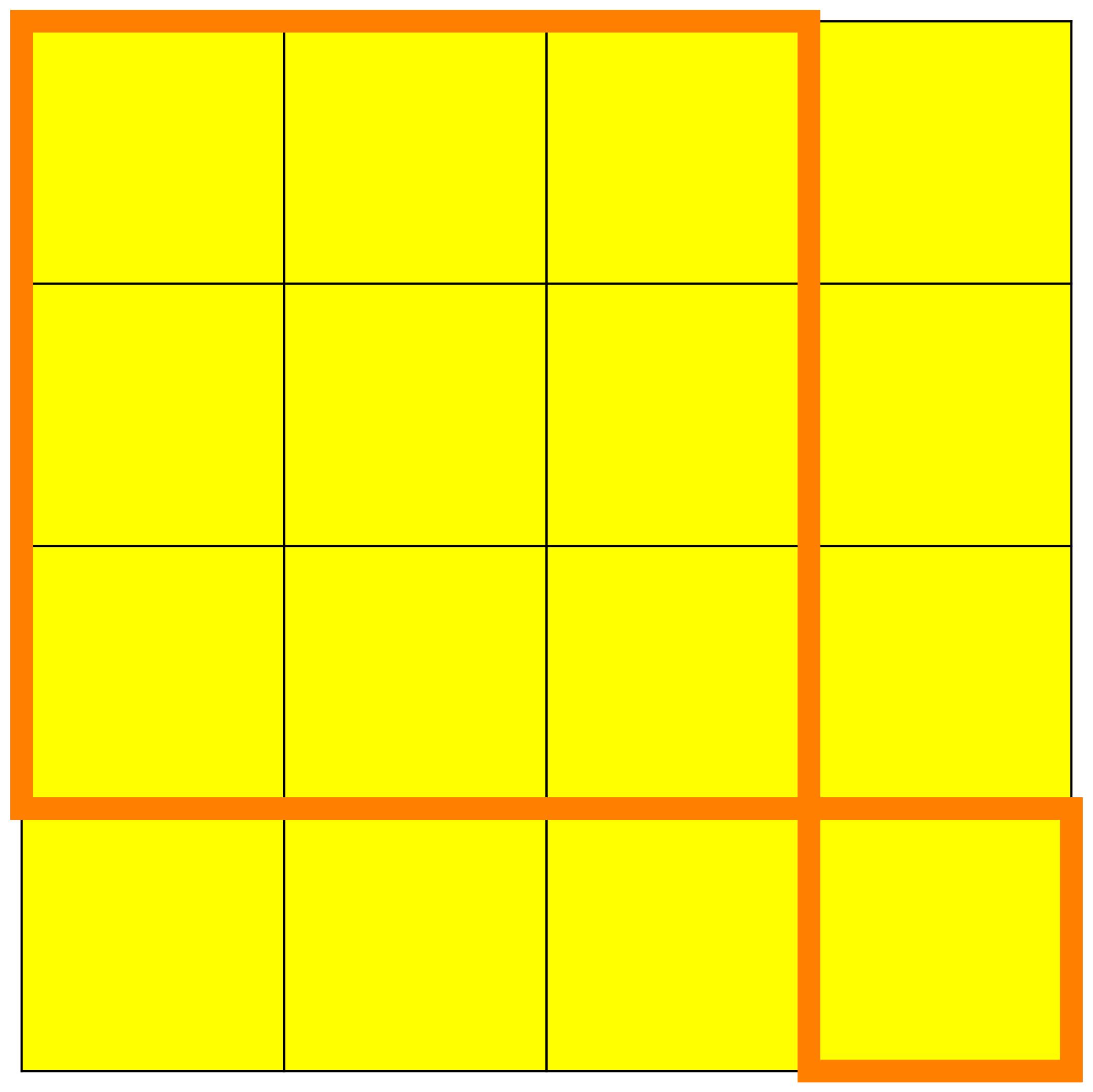
|
-
We see in these figures a visualisation of the matrices
with the squares or cells on which there are 's, drawn with the colour red, and the squares or cells on which there are 's, drawn with the colour yellow. -
We can immediately observe the kernels of the
and the dynamic creation of the Jordan chains. - We see also when increasing the exponents how the superdiagonals in the elementary Jordan blocks go steadily higher and higher up into their respective elementary Jordan blocks until they ultimately completely disappear.
- We can visually read from these matrices the height of nilpotency.
-
We can read from these matrices the invariant subspaces with
respect to the endomorphism
. - The orange lines delimit the original position of the elementary Jordan blocks.
We calculate the kernel of
We calculate the kernel of
| dim | remaining dim | |
|---|---|---|
| | |
|
| | |
|
| | |
-
We find in the first column the dimensions
of the kernels of the consecutive powers
of the matrix
. -
We have in the second column in every row
but the first the consecutive differences of the kernel dimensions. -
In the first row, we have
. This number is equal to the number of elementary Jordan blocks and is usually called the geometric multiplicity of the eigenvalue . - The last number of the second column that is not equal to zero, is the number of elementary Jordan chains having the following properties. These elementary Jordan chains consist out of vectors so that their union consists entirely of linearly independent vectors. The lengths of these chains are all exactly equal to the number of the row in which this last non zero number occurs.
- The “remaining dim” give the number of linearly independent vectors in Jordan chains that still have to be determined.
We look for a generating vector
-
It has to be in the kernel
. So we can describe such a vector as a linear combination of vectors of a basis of the subspace . -
The generating vector may not be in the
because the length of the chain must be exactly . So it has to be independent from all vectors in . It is sufficient that it is linearly independent from a basis of . -
This generating vector has to be linearly independent from all
vectors already chosen in previous Jordan chains which have
exactly height
. It can be the case that no previous chains are already chosen or there are no vectors of that height previously chosen in which case this is no condition at all. -
We summarise: the generating vector in
together with the vectors in and also the vectors, if any, of exactly height chosen in previous Jordan chains must be a linearly independent set of vectors.
We remember that the kernel
We remember that the kernel
We have previously not chosen any vector in a Jordan chain.
We have to take care that the generic vector is linearly independent of all the vectors mentioned before. We collect for this purpose all these vectors in the rows of the matrix
| dim | chain 1 | remaining dim | |
|---|---|---|---|
| dim | chain 1 | chain 2 | remaining dim | |
|---|---|---|---|---|

We check first the eigenvalues by computing the Cayley-Hamilton or characteristic polynomial.
We take a look in this subsection at a related matrix
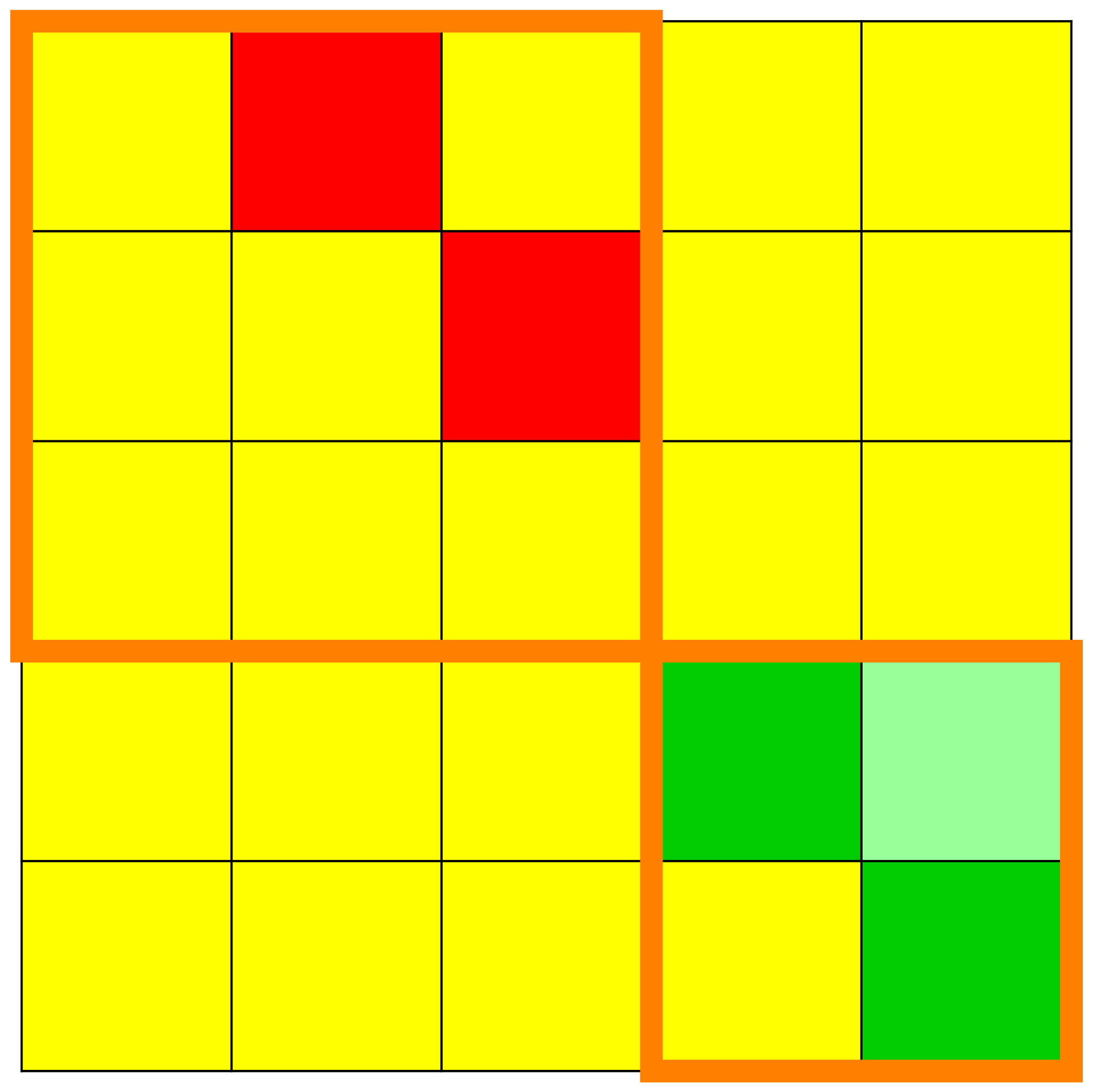
|
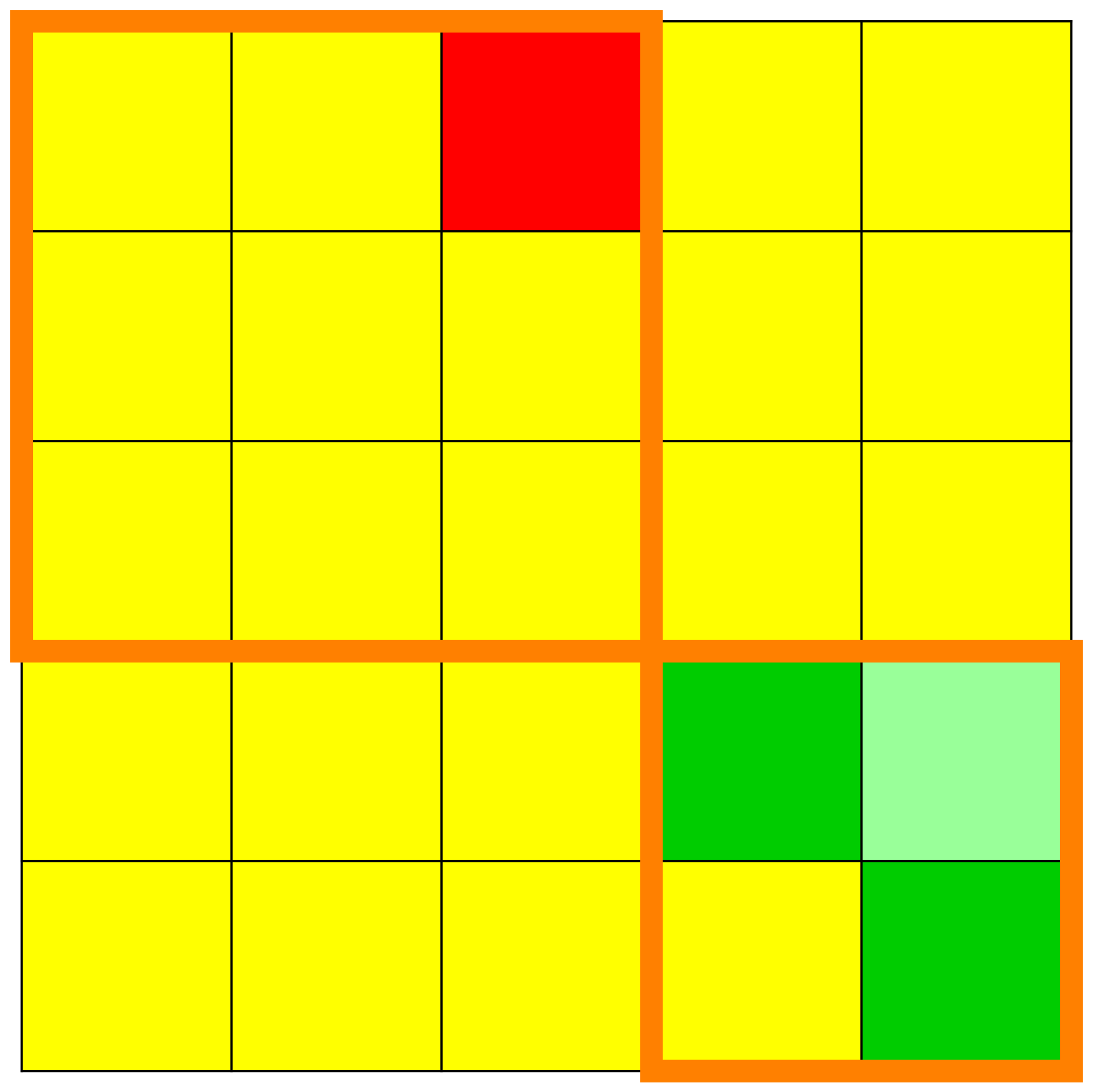
|
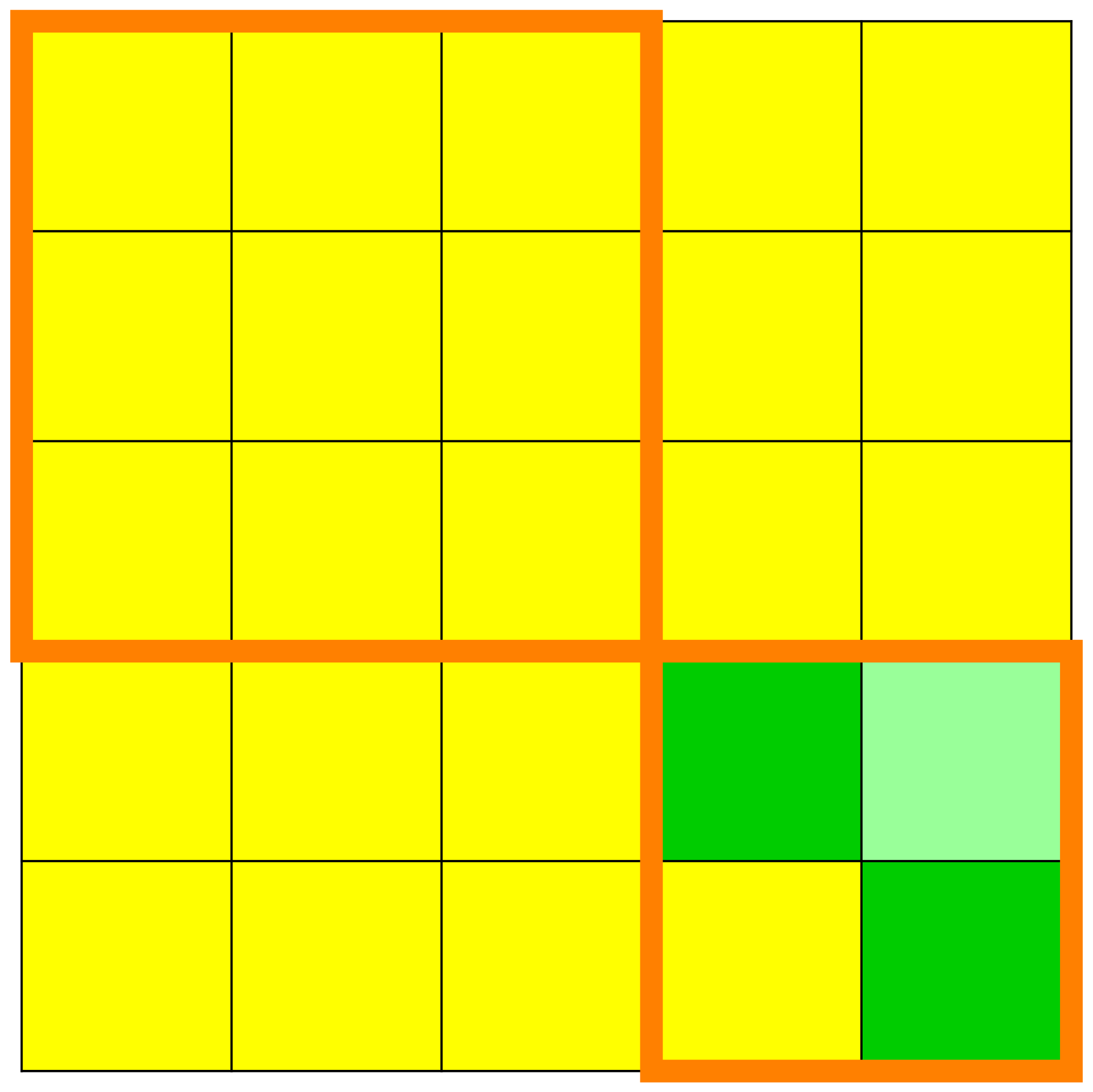
|
| dim | remaining dim | |
|---|---|---|
| dim | chain 1 | remaining dim | |
|---|---|---|---|
We calculate the kernel of
We see that the kernels are starting to stabilise. We mean by this that we are having equality from the third power onwards in the following chain of inclusion of sets.
| dim | remaining dim | |
|---|---|---|
| | |
|
| | |
|
| | |
| dim | chain 1 | remaining dim | |
|---|---|---|---|
| |
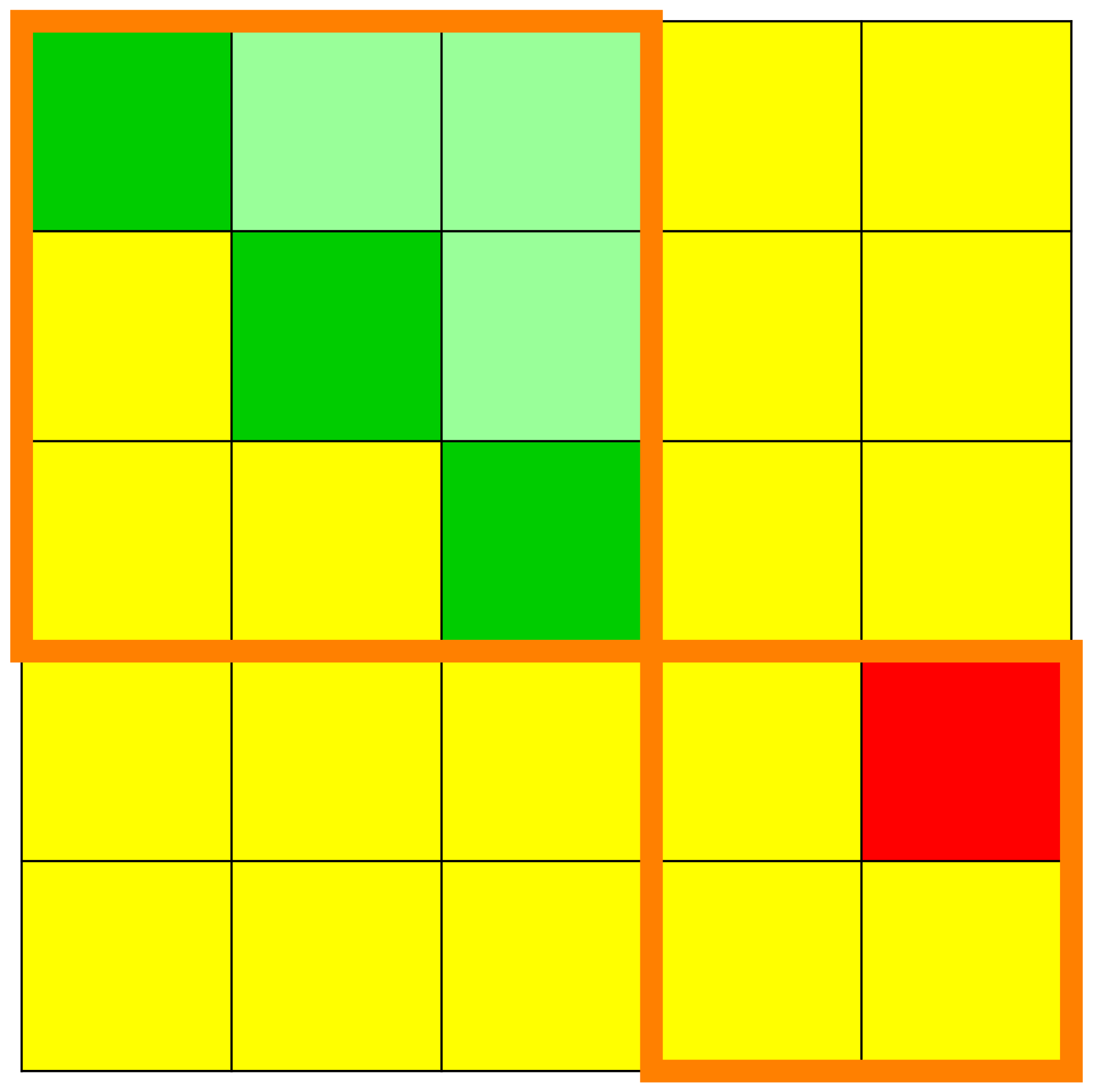
|
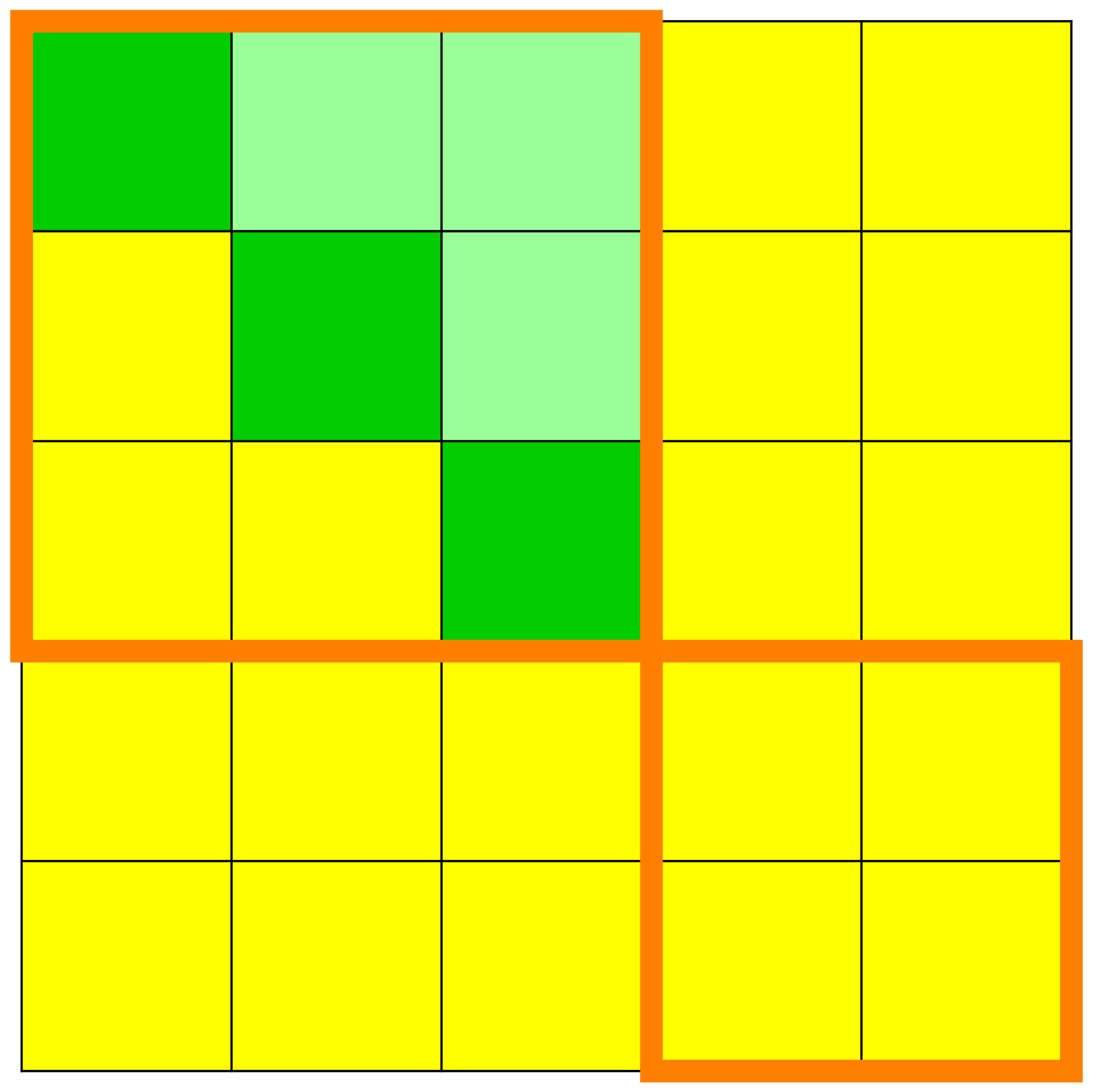
|
| dim | remaining dim | |
|---|---|---|
| dim | chain 1 | remaining dim | |
|---|---|---|---|
We see that the kernels are starting to stabilise. We mean by this that we are having equality from the second power onwards in the following chain of inclusion of sets.
| dim | remaining dim | |
|---|---|---|
| dim | chain 1 | remaining dim | |
|---|---|---|---|

